
'We are seeing a shift in mindset and CEOs like Richard Branson are being vocal about advocating employees first'
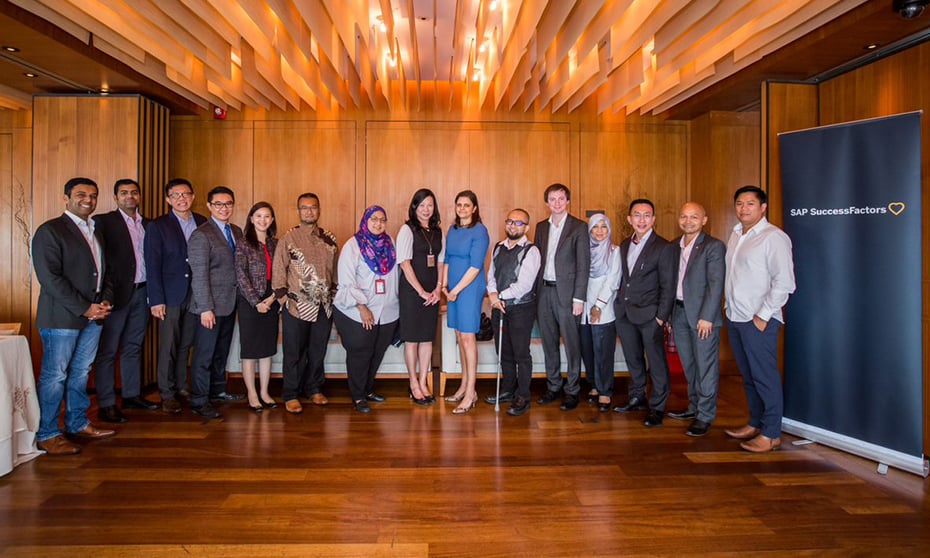
The employee experience is a term that’s being increasingly mentioned as part of HR best practice around the world. So why does the employee experience matter so much?
That was the question posed by Meena Anand, Head of Human Resources at Standard Charted, who moderated the SAP SuccessFactors Roundtable at the Nobu Restaurant in Kuala Lumpur.
The HR executives who attended heard that the answer to that question can be illustrated by considering the process of booking a hotel. When scrolling online, most people are looking for perks such as a good location, a decent restaurant, a gym and a price which won’t break the bank.
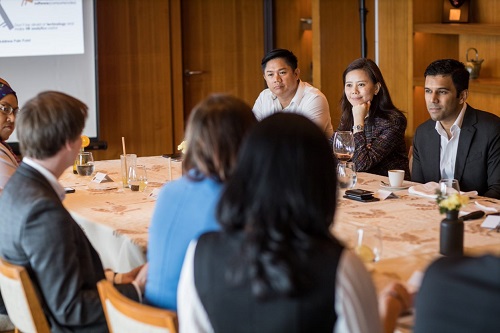
For many people, the task involves jumping on a site like TripAdviser and looking through reviews because what they are looking for are the experiences of past guests.
What was it like when they checked in? What was it like when they walked into the room? What was it like when they were eating at one of the restaurants or going to the gym? What was their experience like if they had a problem?
And if the answers to those questions are predominately positive then the person will book the accommodation.
The experience is no different for employees, according to Luxsho Logan, Regional Sales Director, SAP SuccessFactors and lead speaker at the Roundtable.
Read more: SAP SuccessFactors Review
What organizations tend to forget is that their most important customers are their employees. That’s because the employees are the internal customers.
“If you have gone to business school or been exposed to business concepts you might have been taught that the most important stakeholder is the shareholder,” said Logan.
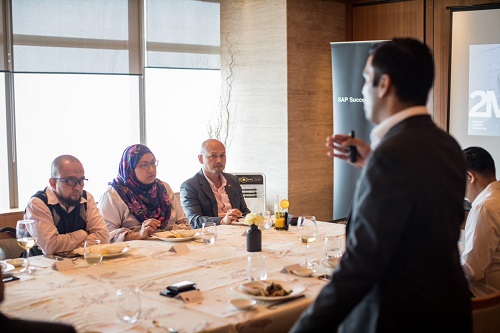
“Traditionally, it’s been the shareholder who is first, then the customer and in last place is the employee.
“The logic is that many organizations have been thinking about the profit as the main priority.”
Logan cited research from Gallup which found engaged employees make it a point to show up to work and do more work -- highly engaged business units realize a 41% reduction in absenteeism and a 17% increase in productivity.
Moreover, highly engaged business units achieve a 10% increase in customer ratings and a 20% increase in sales.
“If I’m in HR and I can find a way to increase productivity by 17% and reduce absenteeism by 41% then that’s a massive achievement,” said Logan.
“All of a sudden we are seeing a shift in mindset and CEOs like Richard Branson are being vocal about advocating employees first.
“If I make my employees happy then they are more productive, they are going to make more money for me and they are going to provide a more positive experience to the customer who will provide a more positive experience to the shareholder.”
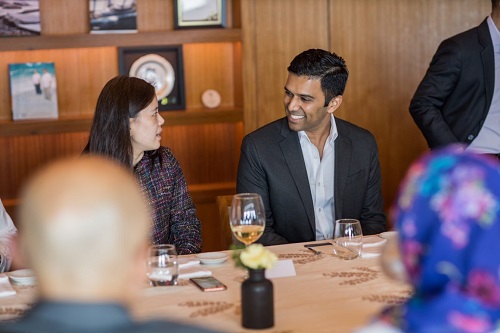
Anand also posed the question to the Roundtable regarding examples of special employee experiences or initiatives which the HR leaders were really proud of.
Some of the responses included visiting employees when they are sick, providing caring facilities for workers with young children, creative personal touches on anniversaries (providing handwritten cards) and simply having meaningful conversations with employees when they are having a tough time.
Moreover, the discussion, looked at the concept of Experience (X) data and Operational (0) data. The latter can be calculated today on most IT platforms and includes metrics such as time to hire ratio, absenteeism, the number of people taking training days and performance ratings.
However, Logan said that when leaders dig deeper and ask why employees accept job offers or take leave at a particular time, they don’t get those answers from that data alone.
“They see are the operational numbers, but can only guess or assume why. This is where the X data comes in,” he said.

The X data is the information that explains why employees accepted job offers, left companies, completed a training program, etc.
“When you marry the X data with the O data you have some really rich insights that can provide answers in terms of why things happen,” said Logan.
The Roundtable also looked at the key “moments that matter” throughout the journey of the employee, from the time they apply for the role, the recruitment process, the onboarding process, training programs, exit interviews, etc.
According to Logan, a lot of organizations do a fantastic job around the exit stage (Why did you leave and what can we learn from it?).
The other stage they generally excel at is the hiring process (Why did you want to join our company?).
However, he said that a lot of organizations forget what’s happening in between.
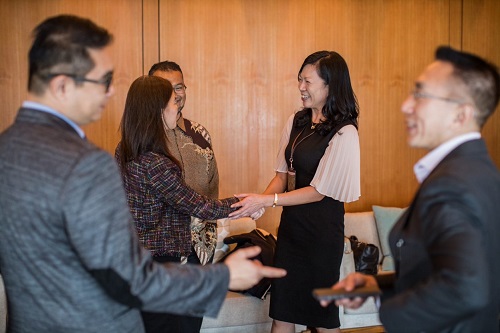
“I would argue that at the start is too early to get insights to make decisions and the exit is too late because they are already leaving,” he said.
“What we are doing is capturing data throughout the journey to get those insights to prevent things happening before it’s too late. With the X data we are listening to what’s going on – can we pick up current trends? Is there a problem with a particular manager? Is there a training program people like or dislike?
“The next step is to match that with the O data and once you marry those two then you can act – this is when the key recommendations come out.
“Consequently, organizations finally now have the ammunition to act accordingly before it’s too late.”